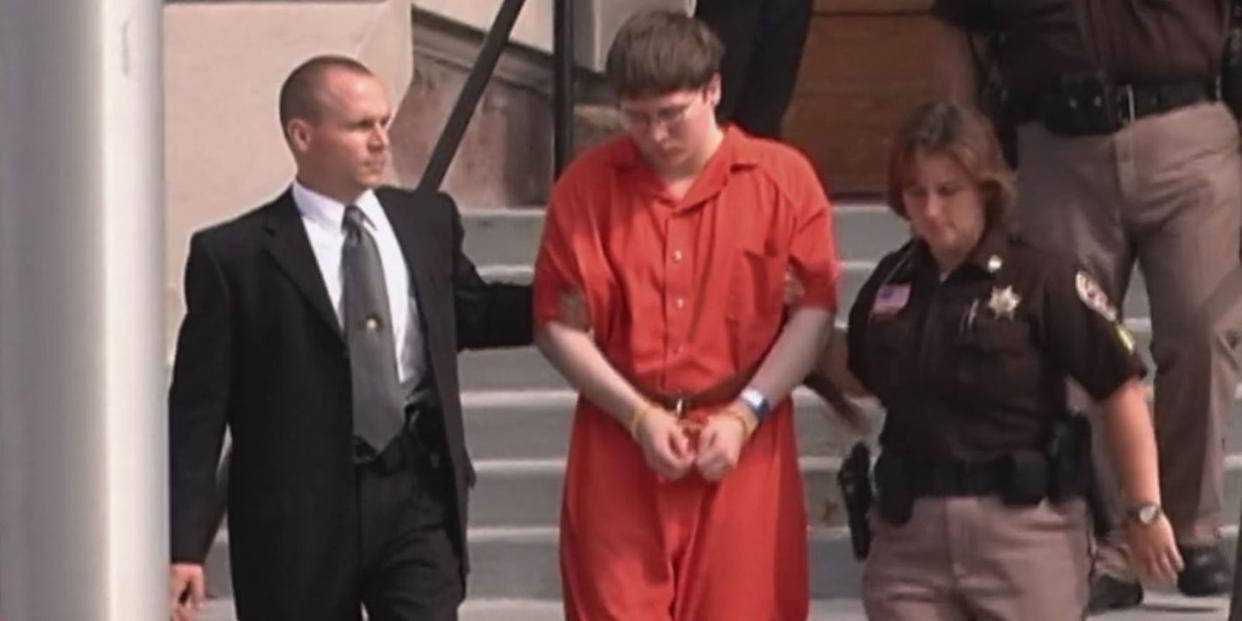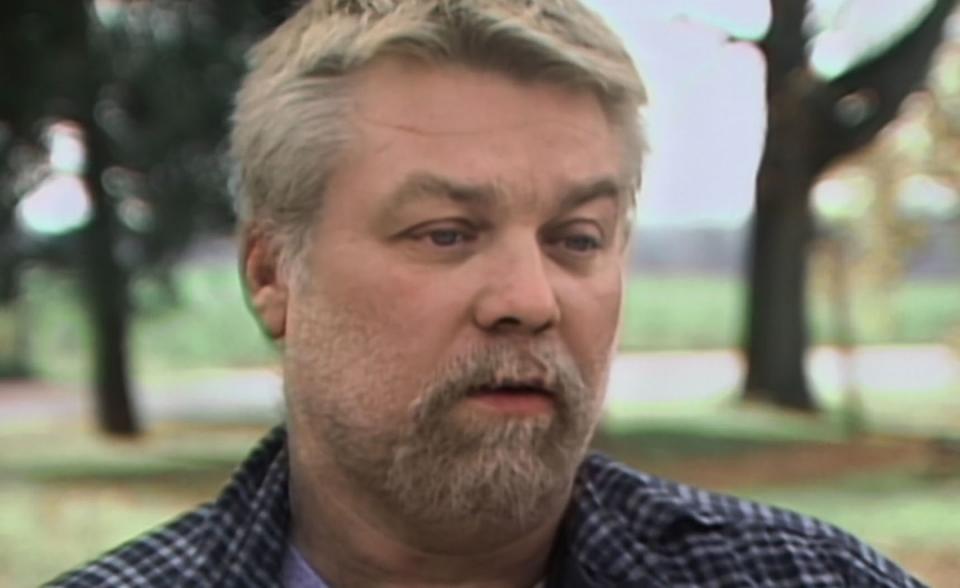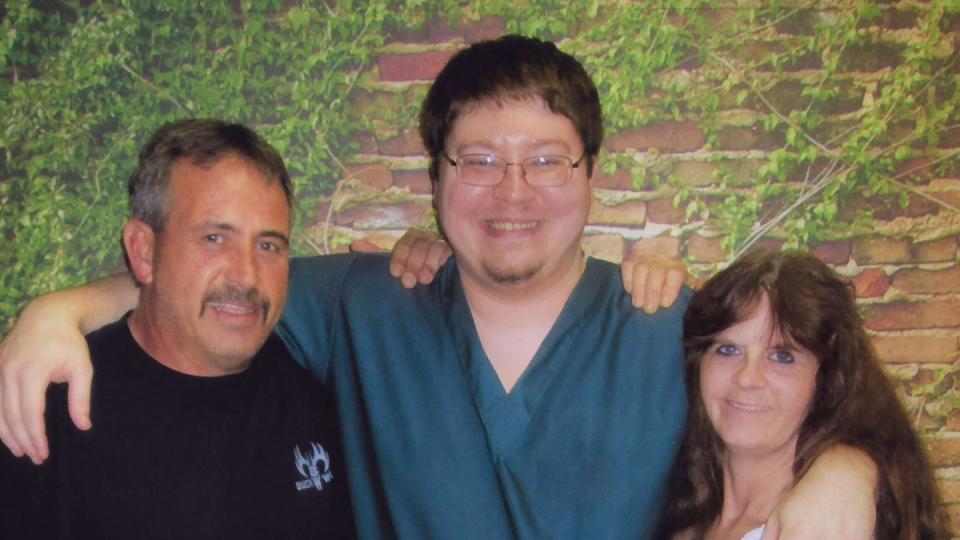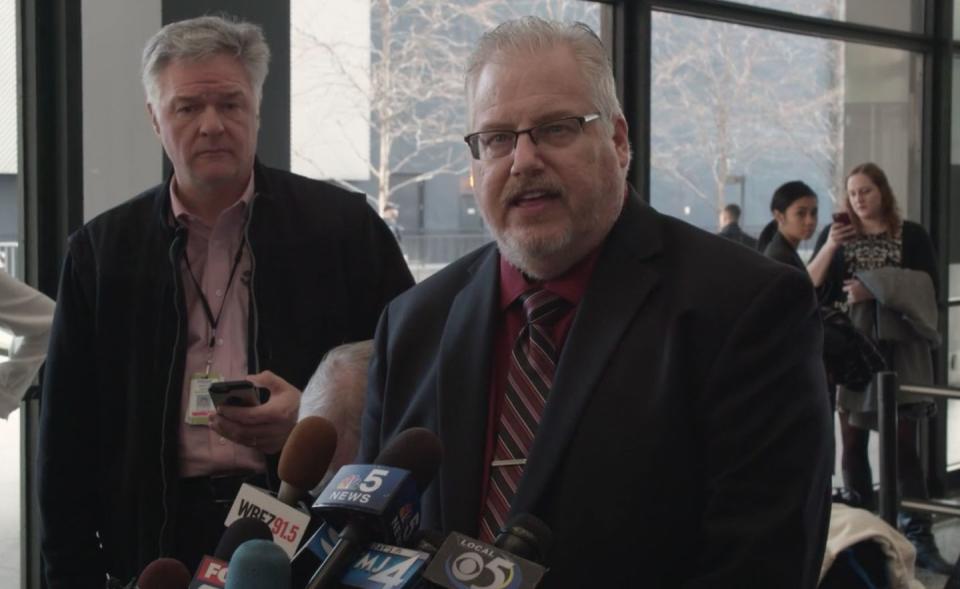Making a Murderer: What they were banned from filming

Warning: This article contains spoilers for Making a Murderer Part 2
Making a Murderer Part 2 has arrived to Netflix, and we're not ashamed to admit that we've been sucked right back into the twists and turns of the Steven Avery case.
Despite the almost three-year gap – yes, Part 1 arrived to the streaming service back in 2015 – we're still just as intrigued as we were the first time around.

We sat down with filmmakers Laura Ricciardi and Moira Demos, and they spilled the beans on what it was like to make the second instalment. As well as revealing the way in which Part 2 differs from the first (a conscious decision that came as a result of some heavy criticism), the award-winning directors also discussed the limitations that they experienced during the process.
"There were proceedings in court that we were not allowed to film," Ricciardi explained to Digital Spy. "They take place in federal court and, for the most part, I think there's only one jurisdiction in the entire country that allows cameras in the court room."

Within a number of the brand new episodes, viewers can see the intricacies of Brendan Dassey's lengthy post-conviction process.
At one point, his case is debated before the US Court of Appeals in the federal court house of Chicago. Dassey's lawyer Laura Nirider presents her argument in front of a panel of three judges, and Luke Berg (Wisconsin Deputy Solicitor General) does the same for the prosecution.

But the filmmakers were not allowed camera access. "We had to rely on sketches," Laura revealed. This certainly doesn't hinder the impact of the scenes though - if anything, it keeps viewers focussed on the powerful arguments that were laid before the judges.
Going into more detail about the footage captured for Part 2, she said: "There's definitely a different approach from the advocates, because they're at the post-conviction stage. And by definition, that means they're the ones actively pursuing a goal. They're the ones trying to get the case back in court and trying to get the judges to look at the case again."

Highlighting that the narrative is, for the most part, coming from the side of the defence, she notes: "The state can just live with the status quo. They've gotten two convictions."
"We knew that we were going to be filming the process of these advocates trying to get the courts to take another look at the case," Ricciardi said. "If the so-called antagonists, like the other [prosecution] side, doesn't want to go on camera, or doesn't have to do very much... [you're] documenting a process of particular individuals."

The "other side", as Laura describes them, does feature quite heavily nonetheless. Ken Kratz, former special prosecutor in both cases, is particularly vocal. Well, he's always liked a press conference...
And Teresa Halbach certainly hasn't been forgotten, with the introduction of some archival footage and interviews with those that knew her personally.
Making a Murderer Part 1 and Part 2 is available on Netflix.
Want up-to-the-minute entertainment news and features? Just hit 'Like' on our Digital Spy Facebook page and 'Follow' on our @digitalspy Instagram and Twitter account.
('You Might Also Like',)

 Yahoo News
Yahoo News 
